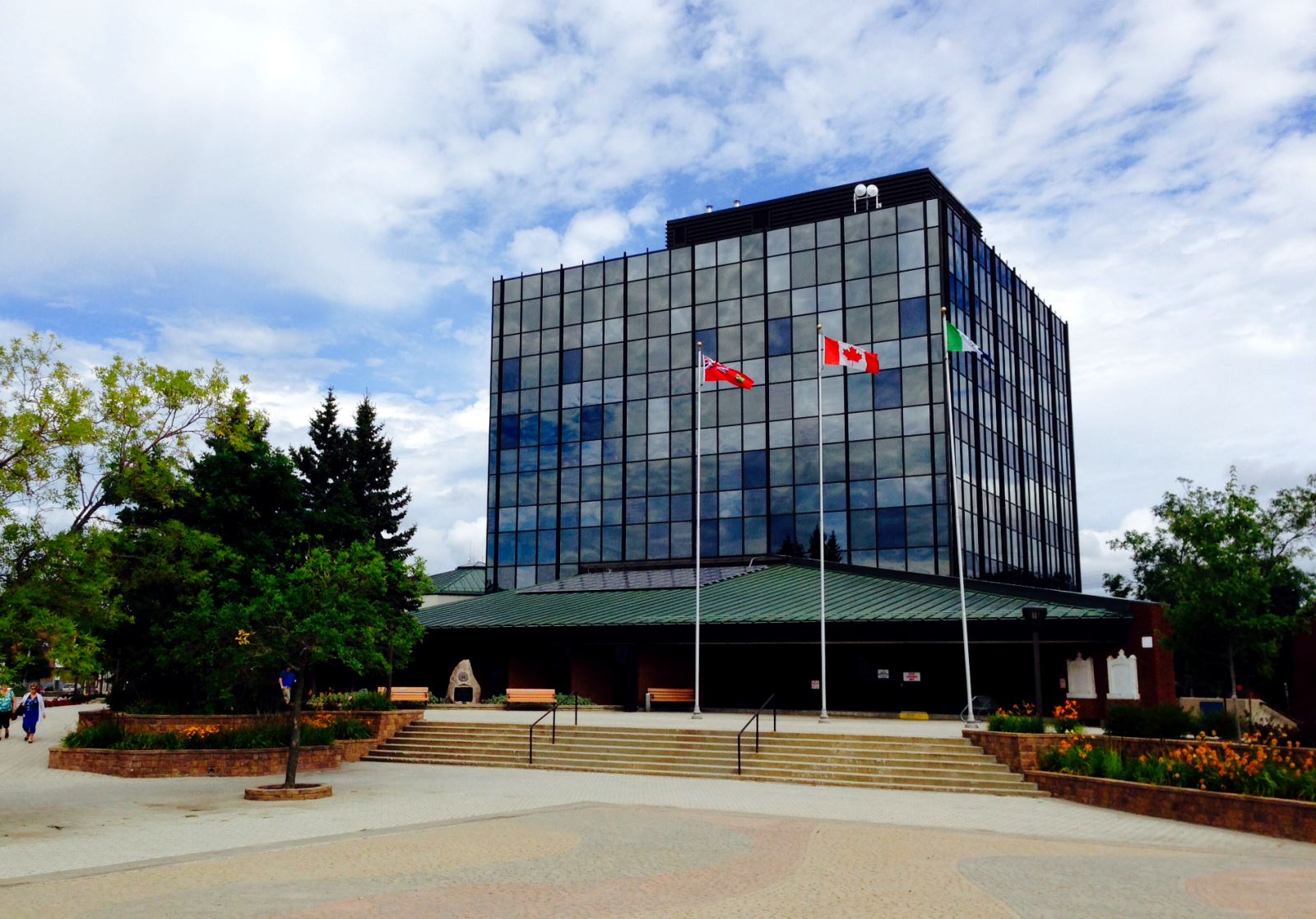 City Council is in the midst of determining the appropriate billing structure for residential water meters, with hopes of using the meters for full-time billing purposes this summer. PHOTO BY LIAM BERTI
City Council is in the midst of determining the appropriate billing structure for residential water meters, with hopes of using the meters for full-time billing purposes this summer. PHOTO BY LIAM BERTI
With the new residential water meter system sure to make a splash, City Council seems to be awash when it comes to how residents will be charged.
When the city starts billing based on the meter readings this summer, residents can expect to notice some changes to their charge.
But just how big those changes will be is still up for debate.
The new bills will be made up of a consistent fixed rate as well as a variable rate based on the amount of water consumption in each residential household.
The fixed component is a charge independent of water use and provides a dependable revenue source for the city, while the variable allows users to control their consumption and the amount they are billed for.
The conversation has been flowing among councillors since Hemson Consulting Ltd. recommended the city adopt a 60 per cent fixed rate, 40 per cent variable ratio for the first year and a half of billing in their presentation to council last month.
On Monday, the city’s chief financial officer, Margaret Karpenko, delivered a presentation to council confirming Hemson's report and the city’s recommendation.
Under that structure, a typical residential user would expect to see their 2014 water bill of $978 increase 4.2 per cent to $1,019, based on the annual average consumption of 171 cubic metres.
Hemson said that after the city collects enough billing data, they recommend moving to 50-50 structure in 2017 and, eventually, a 40 per cent fixed-60 per cent variable in 2018.
Hemson recommended that plan based on other municipalities with new meter implementation. After a few years of metered billing, they say, other municipalities have moved to a higher variable rate, in some cases exceeding 60 per cent.
For more on Hemson’s recommendations last month, click here: http://goo.gl/ewLR31
Those adjustments would also depend on annual data analysis to ensure the city makes enough revenue from the fixed portion.
The structure that council ultimately decides on must fit the city’s full cost recovery policy and does not calculate for a surplus.
And if Hemson’s recommendations are acted on, the city will take an assumed 20 per cent reduction in water usage into account in that model.
If the reduction exceeds that 20 per cent though, the city would have to once again dip into their reserves for a one-time relief payment to offset the costs at the end of the year, which some councillors expressed concern for.
Coun. Daryl Vaillancourt wants to see the 2018 target structure (40 per cent fixed, 60 per cent variable) implemented immediately. He said he thinks it would be a better idea to allow residents to have more control over their water bills from the get-go.
On Monday, Vaillancourt said if the city recommendation is otherwise, he would be looking for a colleague to second a motion to accelerate the more variable-heavy option in the coming weeks.
Deputy Mayor Sheldon Forgette, on the other hand, is still advocating for the Hemson recommended model because he doesn’t want people to be shocked when they get their first bill.
By gradually changing the ratio to have a heavier emphasis on the variable portion, he said, people will learn how to manage their consumption without suffering a wake up call come billing time.
The city currently bills residents tri-annually for water, but Karpenko and her team are looking at alternative structures and will present their ideas to council in April.
A public meeting has been set for April 7, where residents can weigh in and argue for the rate structure they think will best suit the city for this summer’s implementation.
The meeting is scheduled for 7 p.m. at City Hall.
What do you think? 60% fixed, 40% variable? How about the other way around? Leave a comment below and let us know which structure you would like to see for your first bill in the new cycle.
@BertiLiam


